Considering lighting up your fabric projects with LEDs? Whether for fashion enhancements or home decor, understanding the safety of integrating LED lights with various fabrics is crucial.
LED lights can be safely used on fabrics, which involves careful consideration of insulation, heat management, fabric type, and the use of low-voltage LEDs to prevent risks like fire or fabric damage.
Discover how to creatively and safely incorporate LED lights into your fabric projects. From selecting the right materials to proper installation techniques, this guide covers everything you need to know.
Understanding the Risks of LEDs on Fabric
Integrating LED lights into fabric projects isn’t just about the aesthetic upgrade—it’s also about understanding and mitigating potential risks. This section delves deeper into the primary concerns associated with using LEDs on fabric, such as heat generation, electrical safety, and material compatibility. By understanding these risks, crafters and designers can safely harness the benefits of LEDs in their fabric projects.
Heat Generation
While LEDs are celebrated for their energy efficiency, they still generate heat during operation. This heat emission might be minimal compared to traditional lighting solutions, but it becomes a significant concern when LEDs are enclosed within or attached directly to fabric. The trapped heat could elevate temperatures to the point of damaging the fabric, which might lead to discoloration, melting, or even fire, particularly with heat-sensitive or highly flammable materials. For instance, using LEDs on lightweight synthetic fabrics, which often have lower melting points, requires careful planning and testing to ensure safety.
To mitigate this, it’s advisable to:
- Choose LEDs specifically designed for low heat output.
- Implement spacing strategies that allow heat to dissipate efficiently.
- Consider using LED enclosures that enhance heat dissipation.
Electrical Safety
The use of low-voltage LEDs in fabric projects is crucial for minimizing risks such as electric shocks or short circuits. These LEDs are typically safer to handle and integrate into textiles compared to their high-voltage counterparts. Moreover, ensuring that all electrical components are properly insulated is fundamental to preventing electrical mishaps. This includes securing all connections and covering exposed wires with appropriate insulating materials.
Best practices for electrical safety include:
- Using battery-operated LEDs where possible reduces the need for direct electrical connections to power sources.
- Regularly inspecting the wiring and connections for wear and tear or potential breaches in insulation.
- Employing connectors and junctions that are designed for safe use with textiles.
Material Safety
Not all fabrics are suitable for use with LED lighting. The selection of fabric is as crucial as the selection of the LEDs themselves. Materials that are less flammable and more resistant to heat should be prioritized to reduce the risk of fire and damage. For example, polyester and treated cotton are generally safer than more flammable materials like nylon or untreated wool. These safer fabrics typically have higher melting points and are less likely to ignite, which makes them ideal for projects involving LEDs.
When choosing fabrics, consider:
- The fabric’s flammability rating should be as low as possible.
- The heat resistance properties of the material, ensure it can withstand the temperatures generated by the LEDs without degrading.
- The texture and density of the fabric can affect both the visual outcome and the safety of the LED integration.
In summary, while the integration of LEDs into fabric projects offers a vast array of creative possibilities, it necessitates a thorough understanding of the risks involved. Addressing these risks through careful selection of LEDs and fabrics, and adhering to safety practices, ensures that your illuminated fabric projects are not only stunning but also safe.
Stap-voor-stap installatiegids
A well-planned and carefully executed installation is key to safely incorporating LED lights into fabric projects. This step-by-step guide ensures that both novice and experienced crafters can achieve professional results without compromising on safety.
Planning and Design
Effective planning is crucial in avoiding many common issues with fabric and LED integrations, such as uneven lighting and potential overheating. Start by sketching your design on paper, including the exact positions where LEDs will be placed. This visual blueprint helps in visualizing the result and aids in the even distribution of lights. Consider the purpose of the illumination—whether for aesthetic enhancement or functional visibility—to determine the density and color of the LEDs. Also, factor in the flexibility of the fabric and how it will be used (e.g., wearable technology, decorative pillows), as these will influence the placement and type of LEDs used.
Tips for Effective Planning:
- Use graph paper to plot the exact positions of LEDs for precision.
- If designing wearable tech, consider the movement of the fabric and place LEDs at flex points for durability.
Preparation
The preparation phase involves making the fabric ready for LED integration. Reinforce the areas where LEDs will be attached, especially if the fabric is delicate or prone to tearing. This can be done using interfacing or similar stabilizing material, which not only supports the fabric but also ensures that the weight and pull of the LEDs do not distort the fabric’s natural drape.
Fabric Reinforcement Techniques:
- Iron-on interfacing for quick and easy reinforcement.
- Sewing a double layer of fabric in areas where LEDs will be attached for added strength.
Attachment
The method of attaching LEDs to fabric can greatly affect both the final appearance and functionality of the project. For most projects, sewing with conductive thread is ideal as it integrates the electrical connections within the fabric itself, making the project more durable and washable. Alternatively, non-conductive fabric glues can be used for temporary installations or for fabrics that cannot be sewn. Avoid using methods like staples or heavy sewing that might damage the LED wiring.
Attachment Methods:
- Conductive thread for creating electrical pathways while securing LEDs.
- Fabric glue for temporary placements or non-sewable fabrics.
Wiring and Insulation
Proper wiring and insulation are critical to ensuring safety and functionality. Use heat-shrink tubing or high-quality electrical tape to insulate all exposed wires and connections. This not only prevents short circuits but also protects the wires from wear and tear that could occur during the use of the fabric item.
Insulation Tips:
- Choose heat-shrink tubing that matches the wire size for a snug fit and better protection.
- Routinely check and replace electrical tape or tubing if it shows signs of wear.
Testing and Adjustments
Before the final implementation, thoroughly test the LED setup. Power on the LEDs to check for even lighting and inspect for any hot spots or dim areas. Adjust the placement as needed and ensure all electrical connections are secure and well-insulated. This testing phase is crucial to not only ensure the visual appeal but also the safe operation of the LEDs.
Testing Procedures:
- Use a multimeter to check for consistent voltage across all LEDs to ensure even lighting.
- Voer een inbrandtest uit door de LED's langere tijd te laten branden om mogelijke oververhittingsproblemen op te sporen.
- Als je deze gedetailleerde stappen volgt, kun je veilig en effectief LED-verlichting opnemen in elk stoffen project, waardoor zowel de esthetische als de functionele kwaliteiten worden verbeterd.
Tips voor onderhoud en veiligheid
Goed onderhoud en het naleven van veiligheidsrichtlijnen zijn cruciaal voor een lange levensduur en veilig gebruik van stoffen projecten met LED-verlichting. Hier volgen een aantal essentiële tips voor reiniging, onderhoud, regelmatige inspecties en veiligheidsmaatregelen om de kwaliteit en veiligheid van je stoffen voorwerpen met LED's te behouden.
Reiniging en onderhoud
Als je stoffen met LED-lampjes hanteert, moet je ze zorgvuldig schoonmaken om beschadiging van de elektronische onderdelen te voorkomen. Hier lees je hoe je deze voorwerpen schoon en functioneel kunt houden:
- Wassen met de hand: Was de stof rond de LED's voorzichtig met de hand met milde zeep en lauw water en vermijd direct contact met de elektronica. Dep de stof droog zonder te wringen om de draden en aansluitingen zo min mogelijk te belasten.
- Vlekken schoonmaken: Gebruik voor kleine vlekken of vuil een zachte doek of spons die licht bevochtigd is met een mild schoonmaakmiddel om het gebied rond de LED's schoon te maken.
- Chemisch reinigen: Als de stof het toelaat, overweeg dan een professionele stomerij. Informeer de stomerij over de elektronische onderdelen om er zeker van te zijn dat ze processen gebruiken die de lampen niet beschadigen.
Regelmatige inspecties
Routinecontroles zijn essentieel om problemen op te sporen en op te lossen voordat ze leiden tot storingen of ongelukken:
- Visuele inspecties: Controleer de stof regelmatig op zichtbare tekenen van schade zoals gerafelde draden, losse aansluitingen of blootliggende elektronica. Controleer of alle LED's goed vastzitten en of de geïsoleerde bekleding niet loslaat of afschilfert.
- Functionele tests: Zet de LED's regelmatig aan om te controleren of ze allemaal gelijkmatig oplichten en of er geen flikkerende of dimmende gedeelten zijn die kunnen wijzen op elektrische problemen.
- Verbindingscontroles: Controleer of alle aansluitingen goed vastzitten, vooral na het reinigen of hanteren van de stof.
Veiligheidsmaatregelen
Door te zorgen voor veiligheid bij het gebruiken en opbergen van uw stoffen met LED-verlichting, kunt u ongelukken voorkomen en de levensduur van de artikelen verlengen:
- Energiebeheer: Schakel het doek altijd uit en koppel het los van stroombronnen als je het niet gebruikt. Dit helpt oververhitting te voorkomen en bespaart energie.
- Bewaren: Bewaar stoffen met LED's op een koele, droge plaats uit de buurt van direct zonlicht, dat zowel de stof als de elektronische onderdelen kan aantasten. Vouw de stof niet op plekken waar LED's zijn geïnstalleerd om beschadiging van de lampjes en draden te voorkomen.
- Gebruik onder toezicht: Als u stoffen met LED-verlichting gebruikt, vooral in omgevingen zoals kinderkamers of openbare ruimten, zorg er dan voor dat ze altijd onder toezicht staan. Dit vermindert het risico op oververhitting en elektrische gevaren.
Als u deze onderhouds- en veiligheidstips opvolgt, kunt u veilig en langdurig genieten van de schoonheid en functionaliteit van in LED's geïntegreerde stoffen. Regelmatig onderhoud en aandacht zorgen ervoor dat uw stof er goed blijft uitzien en perfect blijft functioneren, en een vleugje licht en creativiteit toevoegt aan uw omgeving.
Creatieve toepassingen van LED's in stoffen projecten
LED's bieden veelzijdige en innovatieve mogelijkheden om op stof gebaseerde projecten te verbeteren op het gebied van mode, interieurdecoratie en speciale gelegenheden. Laten we eens kijken hoe deze kleine lampjes gewone materialen kunnen omtoveren tot betoverende stukken.
Mode
De integratie van LED's in kleding en accessoires opent een wereld van dynamische en interactieve modemogelijkheden.
Ontwerpers kunnen kledingstukken maken die de catwalk verlichten met patronen die van kleur veranderen of helderder worden als reactie op geluiden of bewegingen. Een van de manieren om LED's in mode te verwerken zijn interactieve kostuums die perfect zijn voor optredens of interactieve evenementen. Deze kostuums met ingebouwde LED's kunnen reageren op omgevingsinputs zoals muziek of beweging, waardoor een laag van betrokkenheid wordt toegevoegd aan de aanwezigheid van de drager.
Voor mensen die graag 's nachts actief zijn, zoals fietsen of joggen, kan de integratie van LED's in kleding zorgen voor een betere zichtbaarheid, waarbij veiligheid en stijl hand in hand gaan.
Een andere innovatieve benadering is high fashion met een technisch tintje, waarbij ontwerpers LED's in haute couture stukken verwerken om een gedurfd statement te maken in modeshows of avant-garde bijeenkomsten.
Woningdecoratie
Stoffen met LED-verlichting bieden meer dan alleen draagbare technologie; ze kunnen de sfeer van elke leefruimte aanzienlijk veranderen.
Door LED's in gordijnen, kussenhoezen of meubelhoezen te naaien, kun je een unieke en aanpasbare verlichtingssfeer creëren die de inrichting van een kamer verbetert. Door bijvoorbeeld LED's in gordijnstoffen te integreren kun je zachte verlichting produceren die zich aanpast aan het tijdstip van de dag of specifieke kamerthema's, waardoor zowel de stemming als de functionaliteit verbetert.
Daarnaast zorgen dynamische kussenhoezen die van kleur veranderen via afstandsbediening of smart home-systemen voor een interactief en leuk element in de woon- of slaapkameromgeving.
Bovendien kan het gebruik van LED-strips achter stoffen panelen artistieke displays genereren, waardoor deze panelen opvallende aandachtspunten in een kamer worden.
Speciale gelegenheden
LED's kunnen het decor van speciale evenementen aanzienlijk verbeteren door functionele verlichting te bieden en tegelijkertijd de thematische elementen van de gelegenheid te accentueren.
Op bruiloften bijvoorbeeld kunnen LED's die in stoffen zijn genaaid voor achtergronden of middenstukken een sprookjesachtige sfeer creëren met fonkelende lichtjes die sterren nabootsen en een magisch tintje aan het feest geven.
Voor feestelijke feestdagen zoals Kerstmis of Halloween kan het integreren van LED's in tafellopers, spandoeken of feestmutsen de feestelijkheden opfleuren en een extra laag feestelijkheid toevoegen.
Bovendien trekt het gebruik van LED-verlichte stoffen voor bewegwijzering voor evenementen niet alleen de aandacht, maar leidt het de gasten ook op een effectieve manier, waarbij zowel decoratieve aantrekkingskracht als praktische functionaliteit worden gecombineerd.
FAQ's
V: Wat is de beste manier om LED-lampjes van stroom te voorzien op stof voor draagbare technologie?
A: Voor draagbare stofprojecten zijn LED's op batterijen ideaal omdat ze licht zijn en het risico op elektrische gevaren minimaliseren. Ze bieden ook meer flexibiliteit en bewegingsvrijheid.
V: Kan ik stof met geïntegreerde LED-lampjes in de wasmachine wassen?
A: Het wordt afgeraden om stoffen met geïntegreerde LED's in de wasmachine te wassen. In plaats daarvan kun je de stof rondom de LED's het beste met de hand of ter plekke wassen om beschadiging van de elektronica te voorkomen. Raadpleeg altijd de wasinstructies van de fabrikant.
V: Zijn LED-lampjes op stof veilig in de buurt van kinderen?
A: Ja, LED-lampen kunnen veilig zijn in de buurt van kinderen als ze goed geïnstalleerd en geïsoleerd zijn. Zorg er altijd voor dat LED-opstellingen in de buurt van kinderen op batterijen werken en stevig aan de stof zijn bevestigd om te voorkomen dat ze per ongeluk worden ingeslikt of verstrikt raken.
V: Hoe kan ik ervoor zorgen dat de LED-lampjes niet oververhit raken wanneer ze in stof zijn ingebed?
A: Om oververhitting te voorkomen, moet je LED's kiezen die speciaal zijn ontworpen voor een lage warmteafgifte, zorgen voor voldoende afstand tussen elke LED en stoffen kiezen die de warmte effectief afvoeren. Het testen van de opstelling op warmteverdeling voordat deze permanent wordt geïnstalleerd is ook cruciaal.
V: Welke soorten stof zijn het beste voor projecten met LED-verlichting?
A: Stoffen die duurzaam en hittebestendig zijn, zoals polyester of dikke katoenmengsels, werken het beste met LED-verlichting. Vermijd zeer dunne of licht ontvlambare materialen zoals nylon of onbehandelde wol.
V: Kan ik LED-stripverlichting op elk soort stof gebruiken?
A: LED-stripverlichting kan op veel soorten stof worden gebruikt, maar het is belangrijk om ervoor te zorgen dat de stof het gewicht en de warmte van de lampjes aankan. Stoffen met een strakkere weving of een hogere hittebestendigheid verdienen de voorkeur.
V: Waarom flikkeren mijn nieuwe LED-striplampen?
A: Flikkeren kan worden veroorzaakt door incompatibele onderdelen, slechte aansluitingen of een onjuiste voeding. Zorg ervoor dat alle aansluitingen goed vastzitten en dat de voeding overeenkomt met de specificaties van de LED.
V: Kunnen flikkerende LED stripverlichting schadelijk zijn?
A: Hoewel het over het algemeen niet schadelijk is, kan voortdurend flikkeren de levensduur van LED's verkorten en wijzen op onderliggende elektrische problemen die moeten worden aangepakt om mogelijke gevaren te voorkomen.
V: Hoe lang gaan LED-lampjes mee als ze op stoffen worden gebruikt?
A: LED lights typically have a long lifespan, often lasting up to 50,000 hours depending on usage and quality. Proper installation and maintenance can help maximize their lifespan even when used on fabrics.
Q: Is it safe to leave LED-lit fabrics switched on overnight?
A: It’s best to avoid leaving LED-lit fabrics unattended for long periods, including overnight. This minimizes the risk of electrical issues and extends the life of the LEDs.
Conclusie
Incorporating LED lights with fabrics not only merges functionality with creativity but also opens up a myriad of innovative applications. Whether it’s making a fashion statement, enhancing home decor, or adding a sparkling touch to special occasions, LEDs bring a magical quality to ordinary fabrics. By adhering to safety guidelines and choosing the right materials and setups, you can confidently explore the realm of fabric and LED integration. Embrace this luminous technology and let your creative projects shine with both safety and style.
Exploring the integration of LED lights with fabrics opens up endless creative possibilities. As a leader in this innovative field, Unitop, one of China’s top manufacturers of LED-strip verlichting en LED neon flex provides top-quality, reliable products. If you have any questions or specific needs, contact opnemen met Unitop immediately to elevate your projects with expert advice and cutting-edge LED solutions. Illuminate your designs with confidence and creativity—reach out to Unitop today!
Gerelateerde berichten

Tom is nu de Sales Manager van Unitop (China) Co.. Hij is in de LED Verlichting industrie sinds 2005. Hij is een expert in verkoop & marketing, en fabrieksmanagement. Hij houdt van bodybuilding, en hij is ook een gekke Apple-fan! Hij is een hardwerkende man en houdt ervan te leren en nieuwe dingen te proberen.
Email: tom@unitopledstrip.com WhatsApp: +86-18680307140

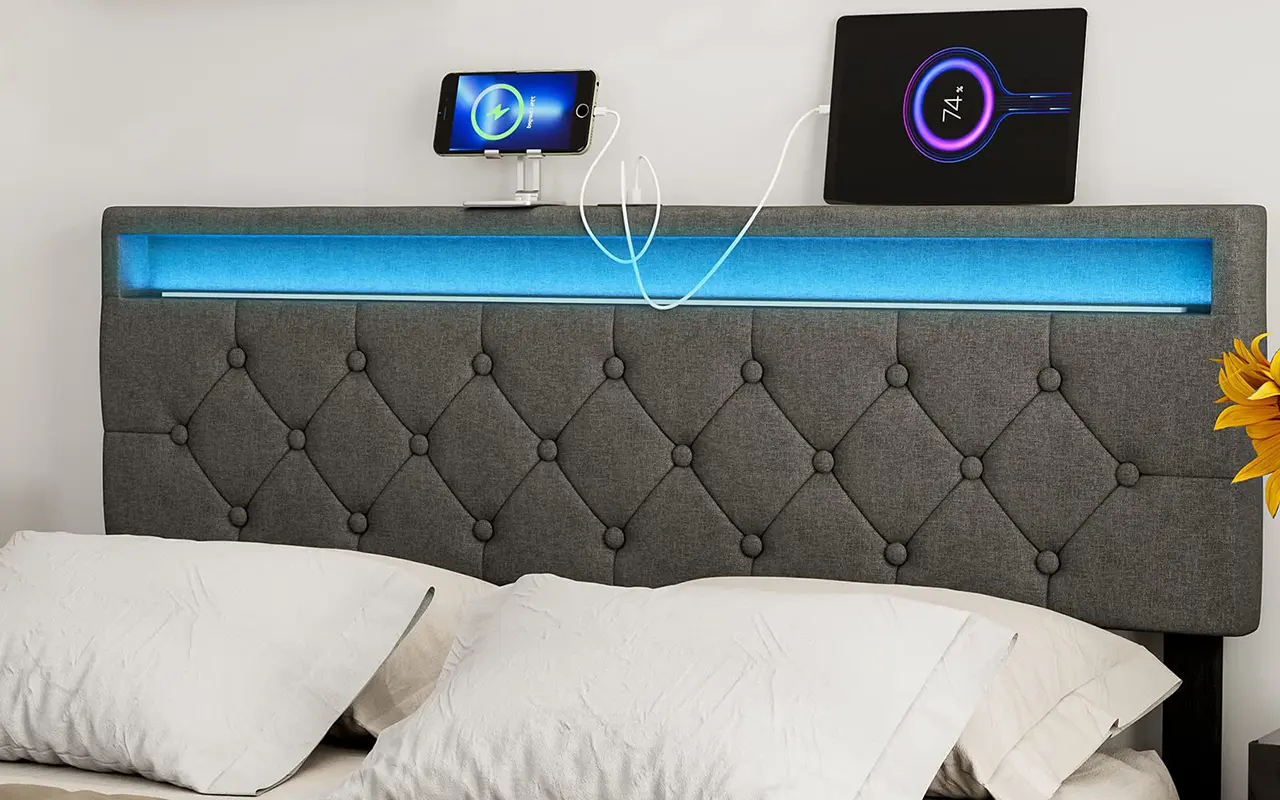

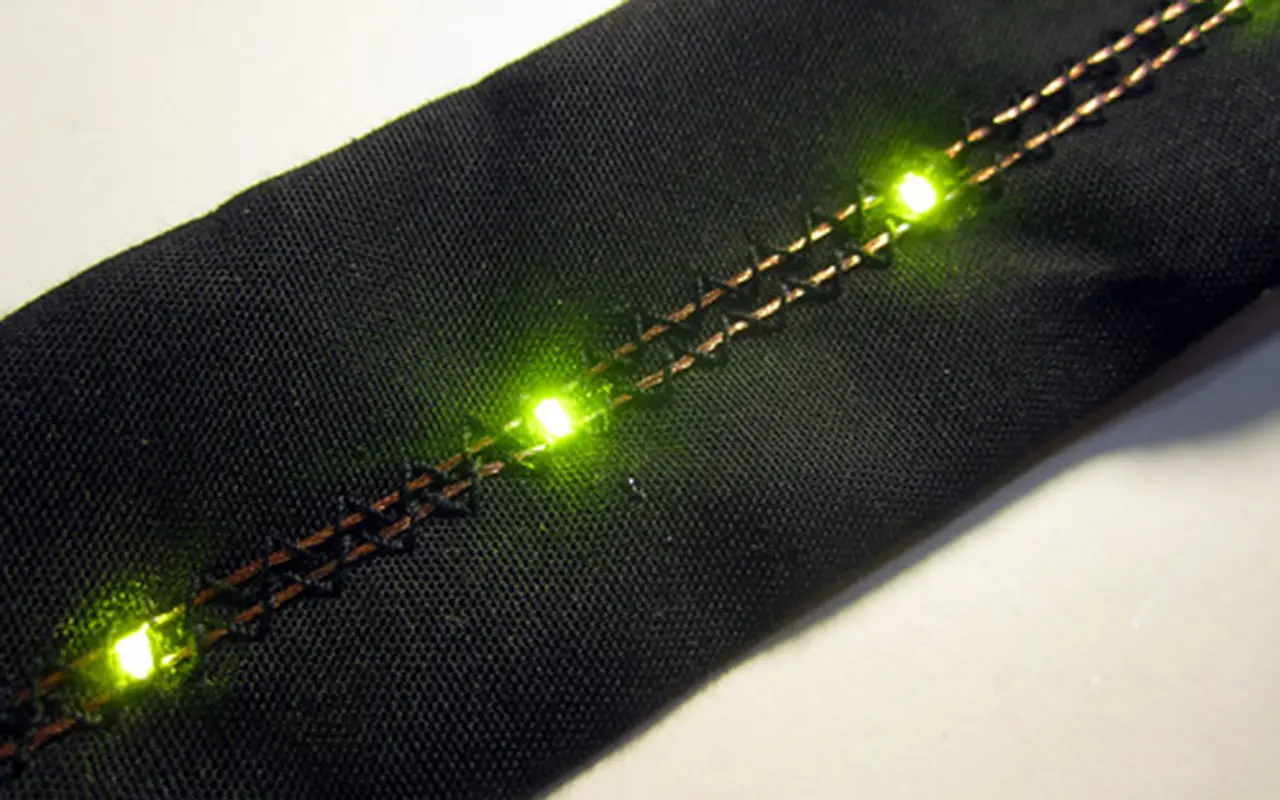

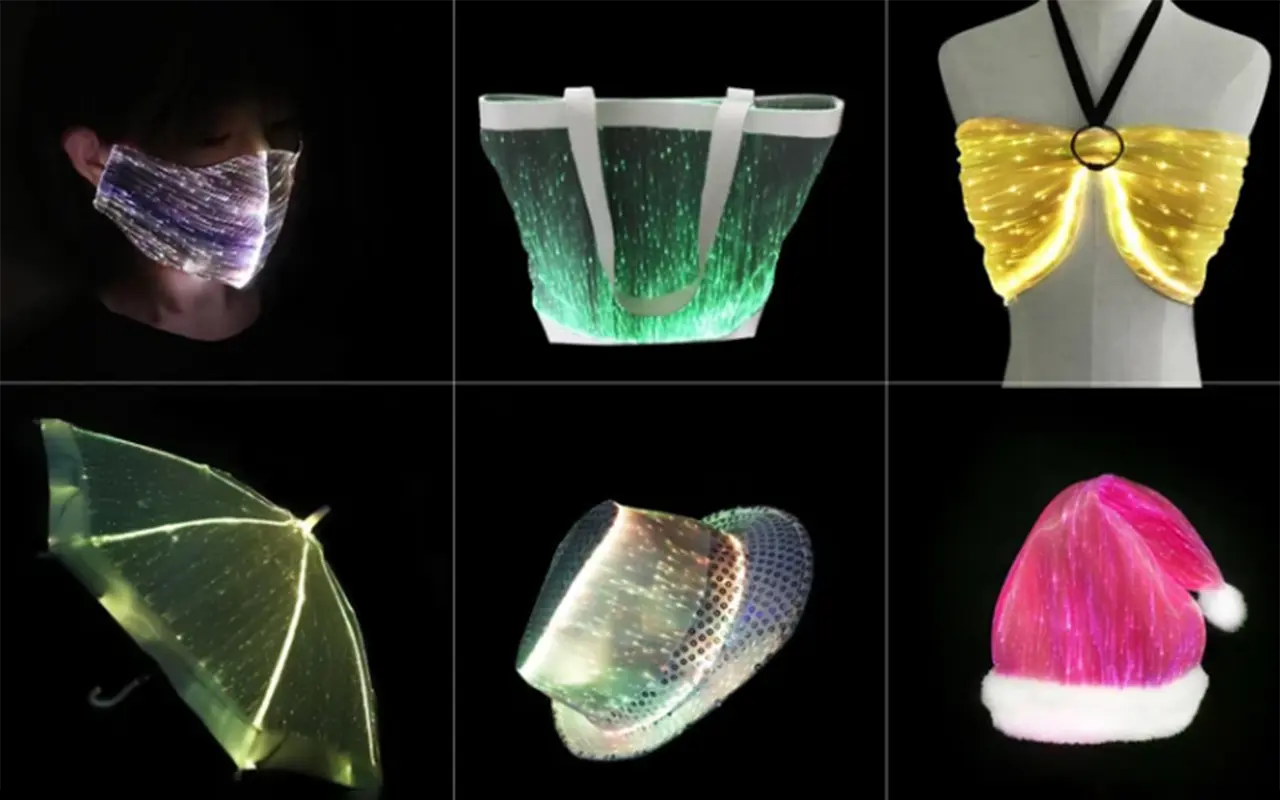

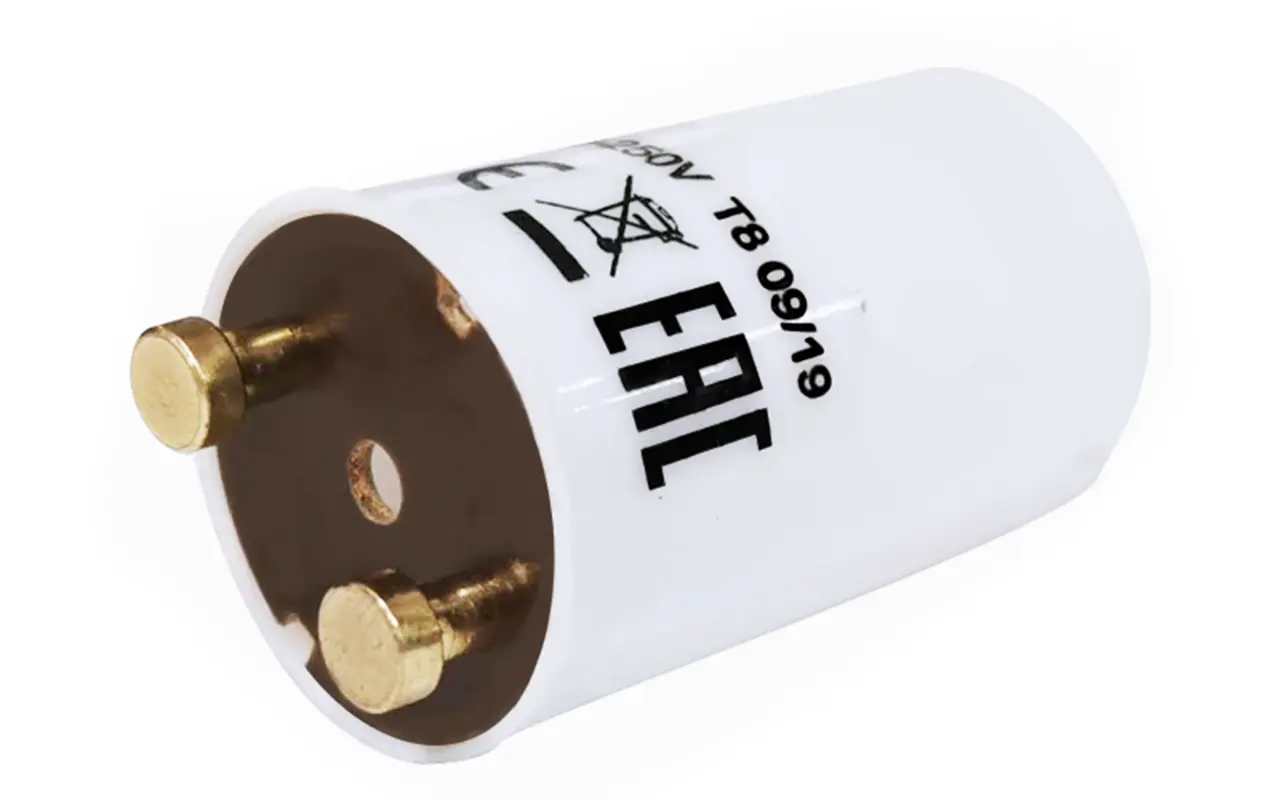
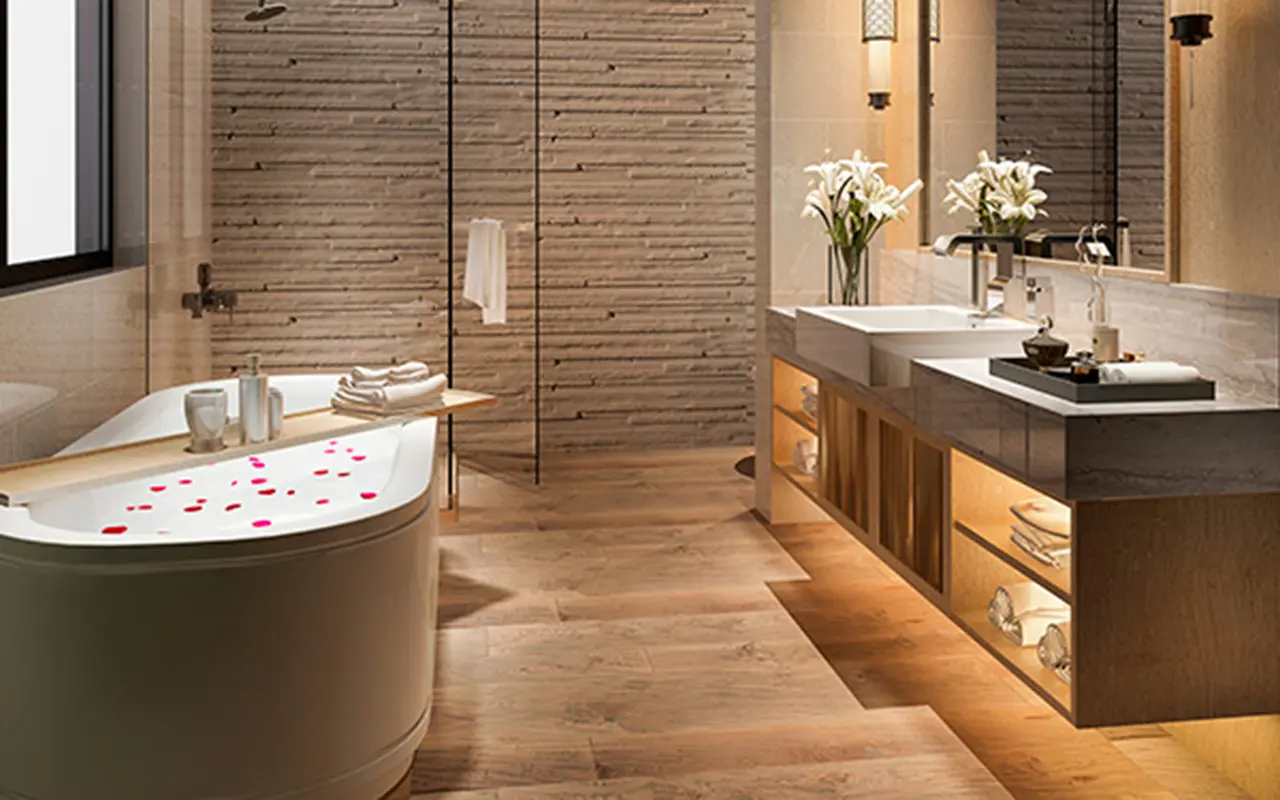
Laat een reactie achter
Wil je meedoen aan de discussie?Voel je vrij om bij te dragen!